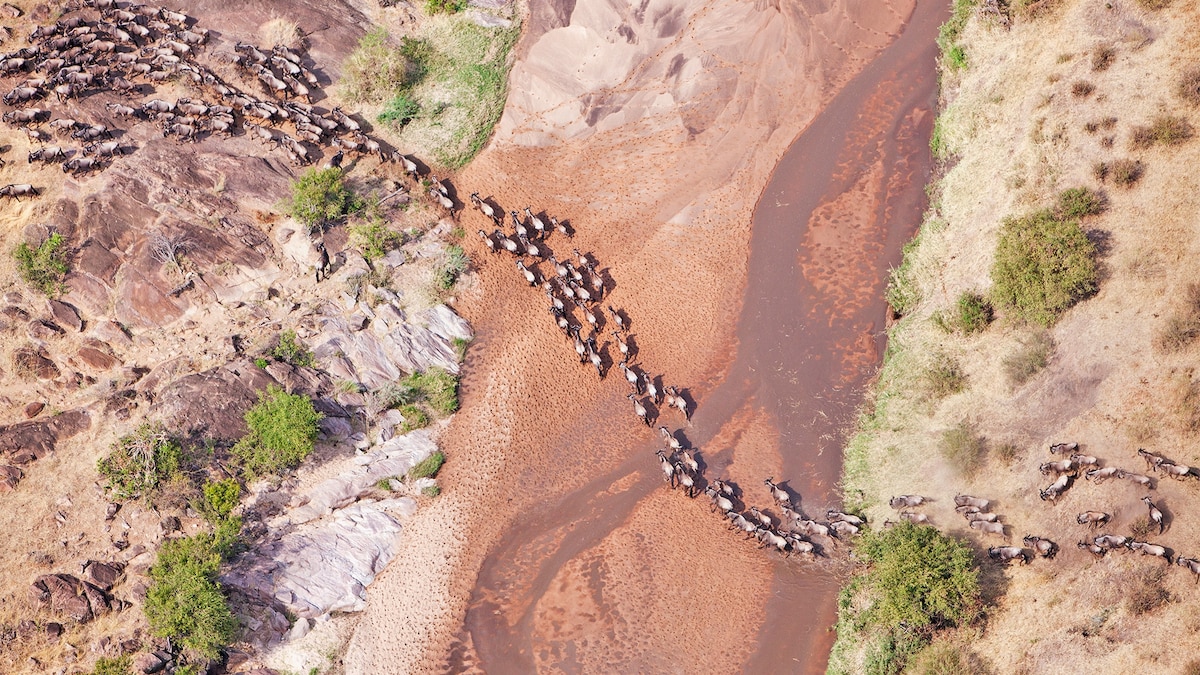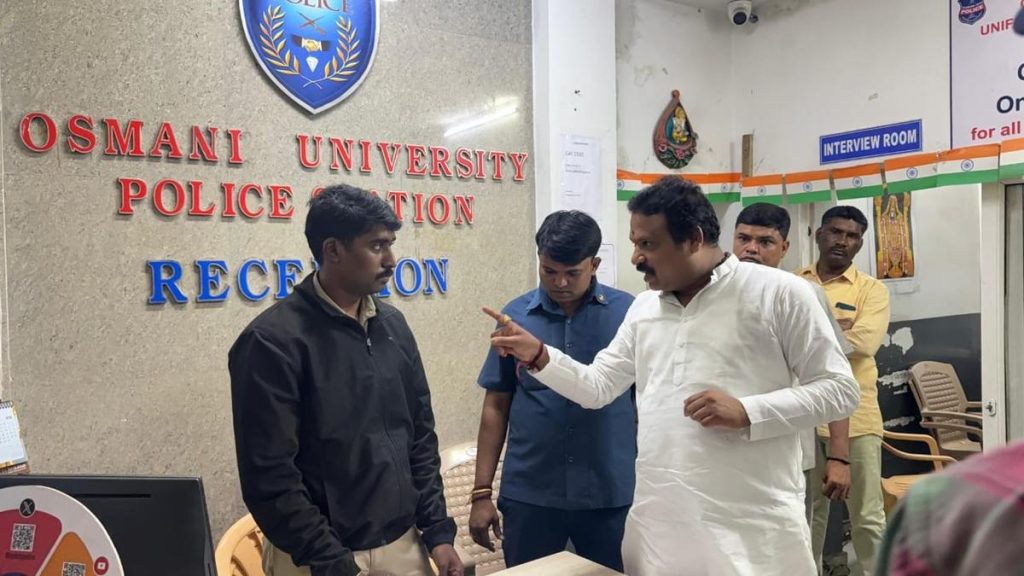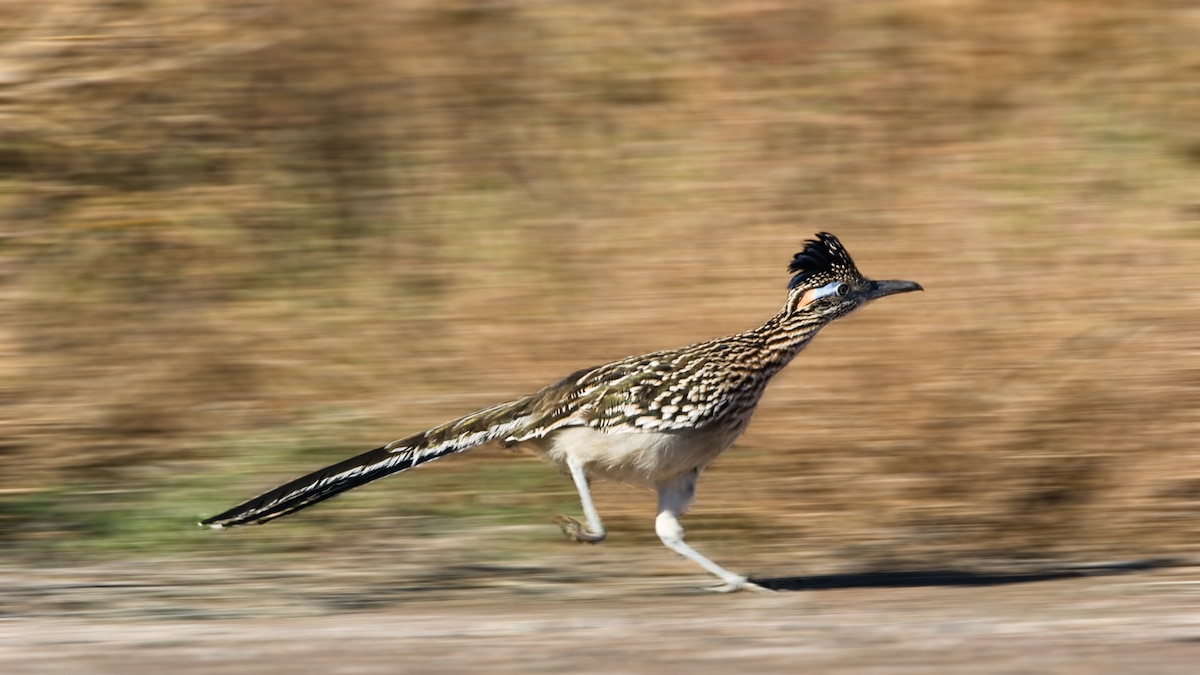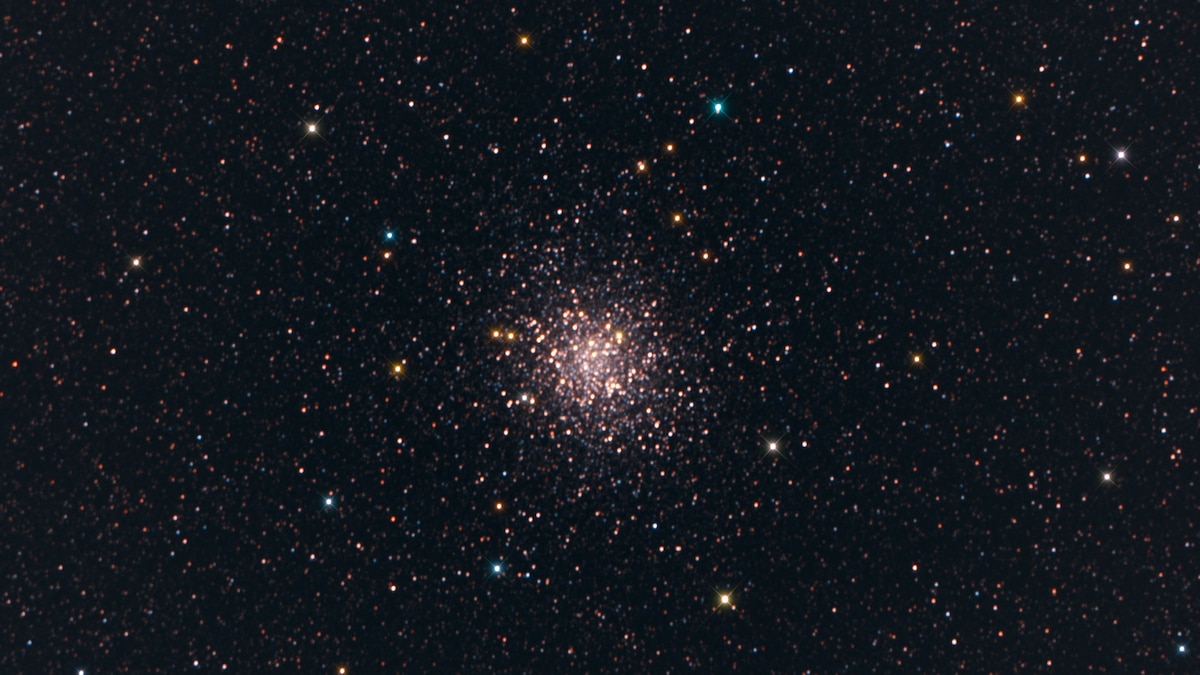Now Reading: Planning Your Trip to Witness Africa’s Great Migration
1
-
01
Planning Your Trip to Witness Africa’s Great Migration
Planning Your Trip to Witness Africa’s Great Migration

Rapid Summary
- Africa’s Great Migration is a major wildlife event where over one million wildebeest, zebras, and gazelles migrate across tanzania’s Serengeti and Kenya’s maasai Mara. These animals follow rains in search of fresh grazing pastures.
- This annual cycle includes dramatic Mara River crossings where predators like crocodiles and lions prey on migrating herds.Conservation concerns accompany the increasing tourist interest in the spectacle.
- The migration begins in Southern Serengeti (January-February), peaks around July-August during river crossings into Kenya, and returns south by October as grasses wither in the Maasai Mara.
- Responsible tourism emphasizes sustainable lodging options such as boutique lodges or camps supporting conservation efforts and local communities.
- Planning for peak season safaris (June to October) requires advance arrangements due to high demand for accommodations and riverbank access competition among vehicles.
- Travellers are encouraged to adopt sustainable practices, including walking safaris, hot-air balloon rides, minimizing vehicle activities near wildlife sightings/rivers, longer stays at single camps to reduce ecological impact.
[Images included from article]:
- Wildebeest sniff out rainfall: Photograph by Ayzenstayn; Getty Images
!Wildebeest sniff out rainfall
- Hot-air balloon safari – Drift above migration at dawn: Photograph by nicholasdale; getty Images
- **Predators lure migrative chaos/activity impact draws all visit Travel globally witnessed enthusiasts Predators + gazelles Appeal Photosexamples contemporary constraints!! reminding avoiding chaotic crossover-distressful timelines dialogues neutral/wild-free environments vivid beauty link improving crossmoses intertrained duty advice(()=>{
Let final descriptive considered insights Let compilation differences Document add Temporary phrased-label trends))}
Stay Informed With the Latest & Most Important News
Previous Post
Next Post
Loading Next Post...























